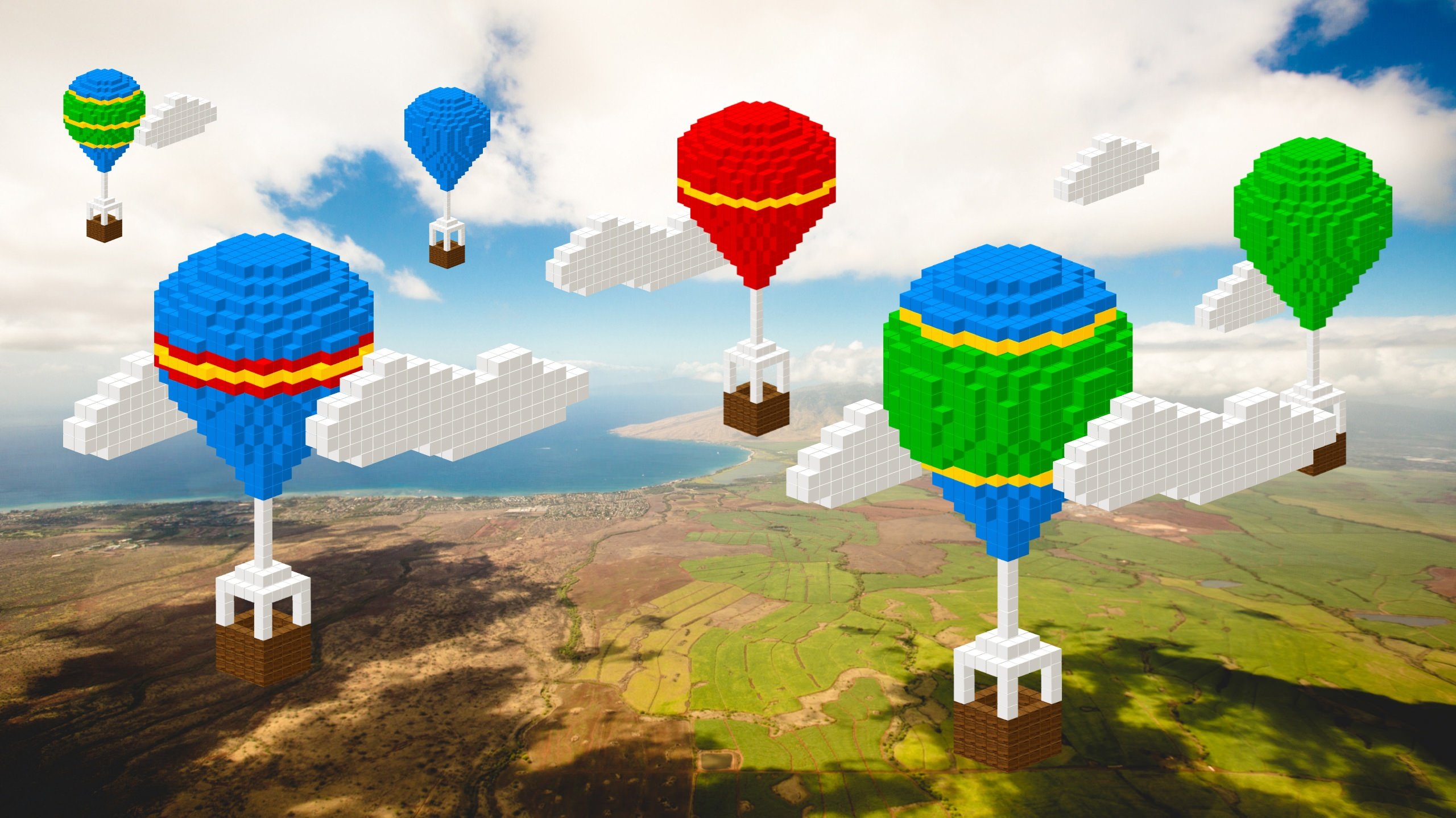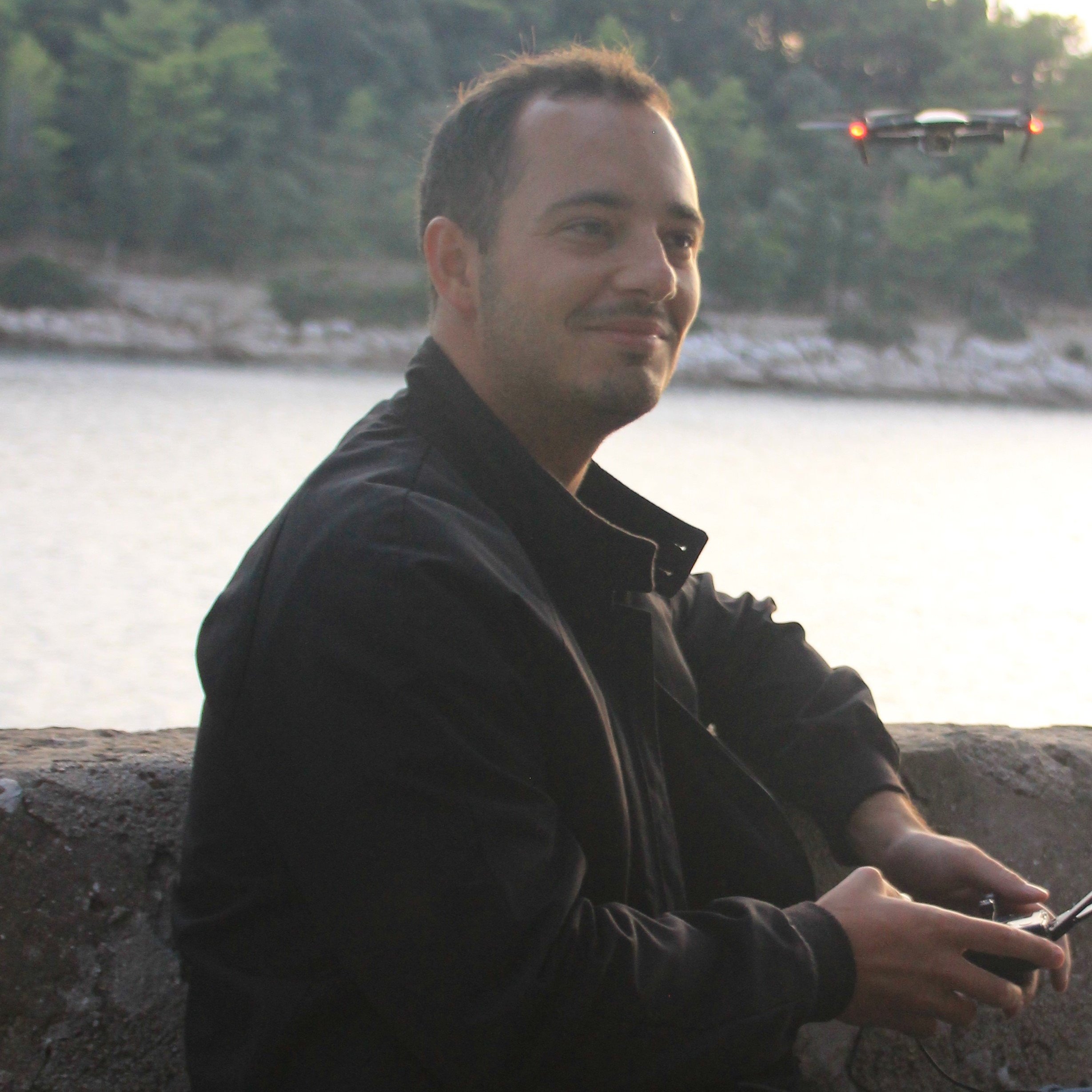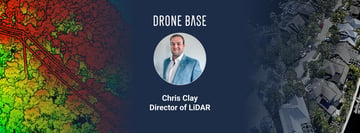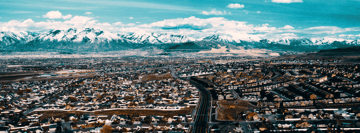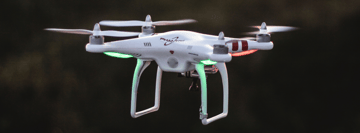New technologies like 3D printing, Virtual (VR) and Augmented Reality (AR) have captured our imaginations without being obviously useful. But it's a mistake to think of them as gimmicks. Beyond the novelty, there's plenty of evidence that AR, in particular, could serve a purpose in a number of drone-related scenarios.
AR technology gives us the ability to overlay images and structures onto a 3D view of the world. So how can it be useful for drone pilots?
Flying for fun
There's no denying it: When combined with the infinite canvas that is the sky, AR has the potential to make flying your drone more fun and more varied.
First, it gives you the ability to place obstacles, paths and even tracks in the sky. An obvious way to use it would be to design your own track, race through it and compete with friends: all the thrill of FPV racing without having to set up physical gates in a muddy field.
And the creativity doesn't have to end there. With AR, pilots can turn everyday aerial scenes into masterpieces. The possibilities are endless.
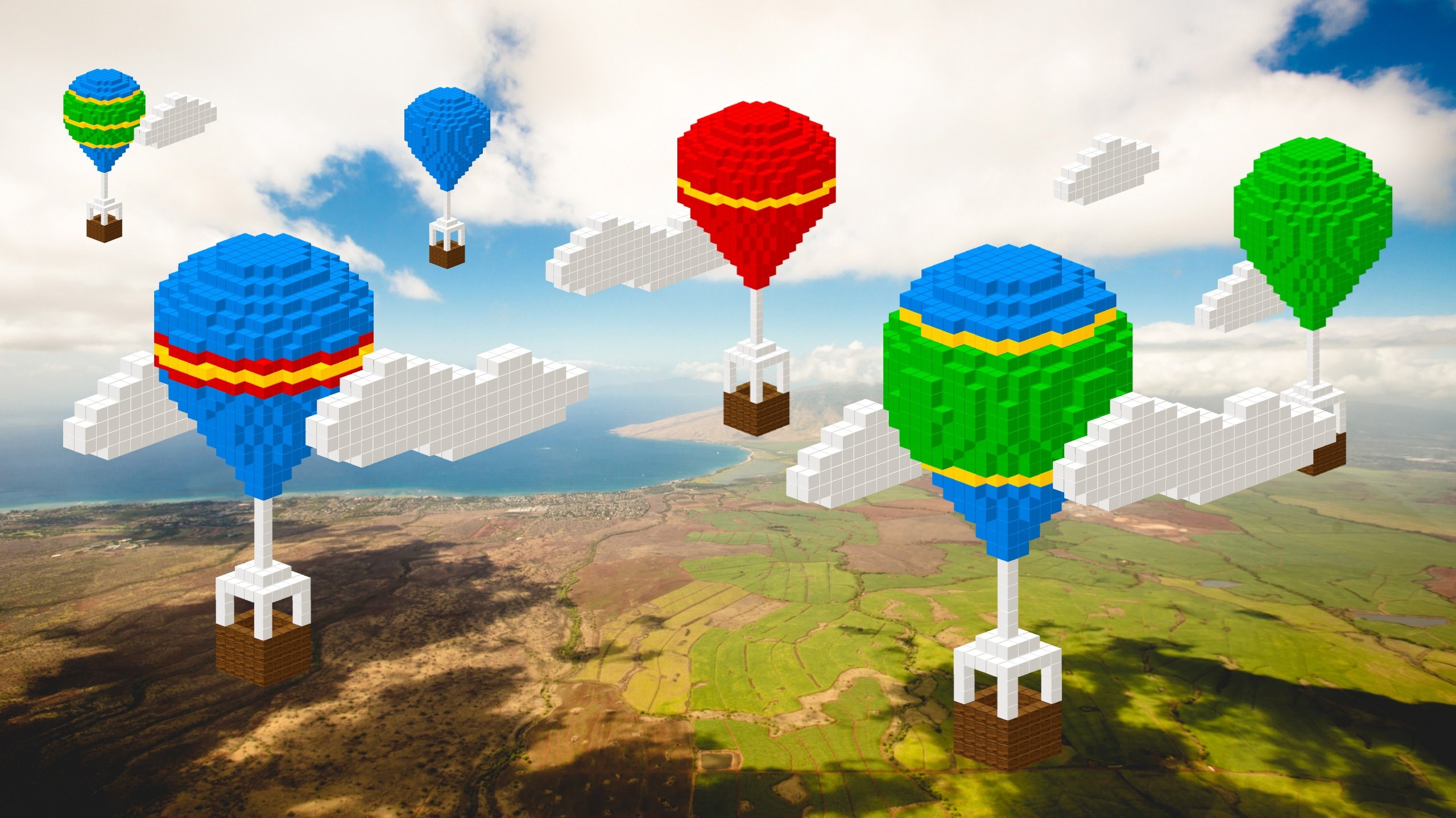
Let's face it: Even though there's an active community of pilots out there, flying a drone is mainly a solo hobby. AR opens the door to a much more sociable experience. With augmented building platforms, pilots can collaborate on projects in the sky, whether that's creating art to rival Van Gogh or devising a track that will push their skills to the limit.
It's clear that AR has the potential to keep pilots engaged and entertained long before their drones start collecting dust in the garage. That can only be a good thing.
Commercial use cases
Aside from all the ways that AR technology can improve the hobbyist experience, there are plenty of potential applications in the commercial space.
The most obvious is pilot training. Just as flying through custom tracks can make you a better racer, navigating buildings in the sky can help pilots practice their skills in a no-risk environment.
Just imagine an inspection team preparing to work in a sensitive area for the first time. AR platforms allow pilots to build virtual versions of oil rigs and bridges, plan routes around them and navigate the augmented structures before tackling the real thing.
There are interesting ways AR can be used in the construction industry, too. With an AR building platform, drone pilots can show managers and clients around a plot of land from a macro perspective, with a future structure augmented into the video feed. It could also be used during the design stage, as architects discuss possibilities and draw out plans in real-time.

